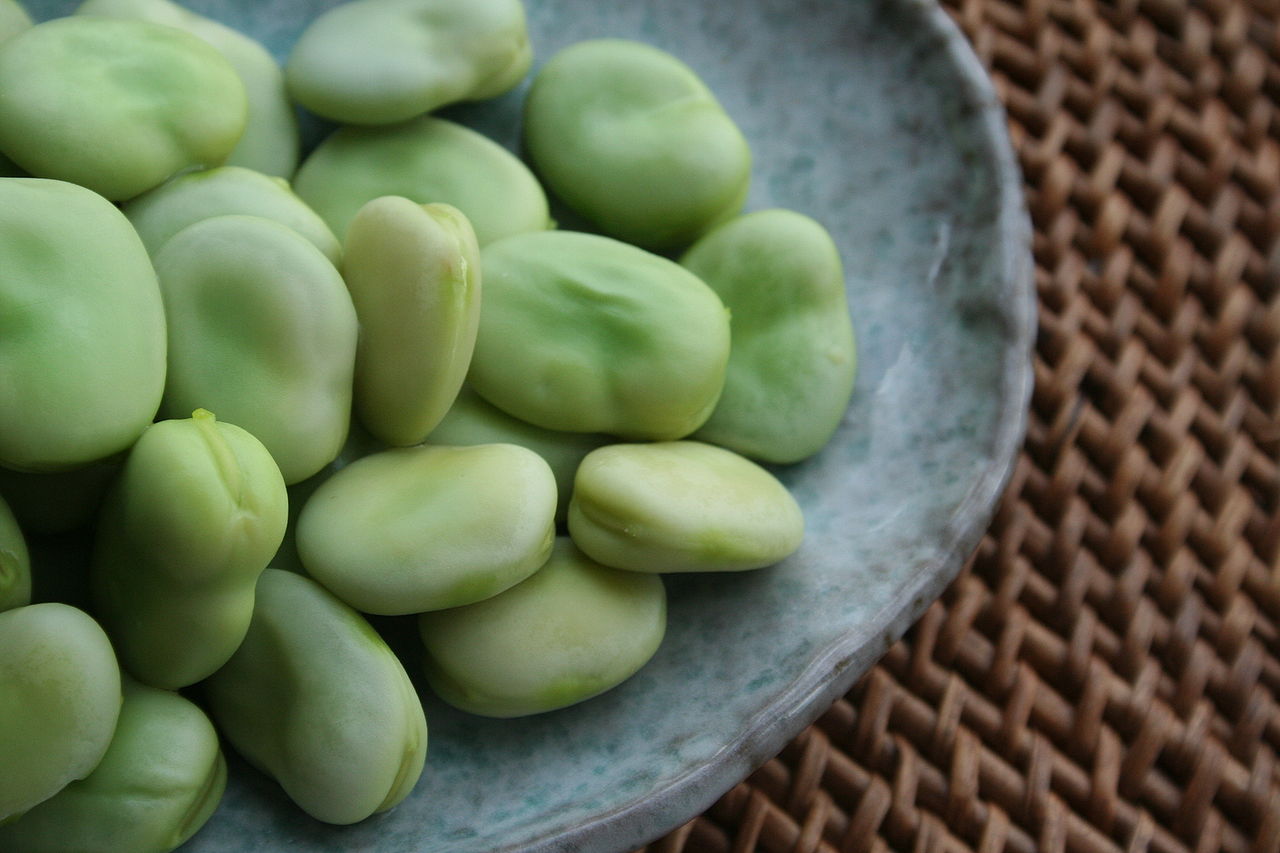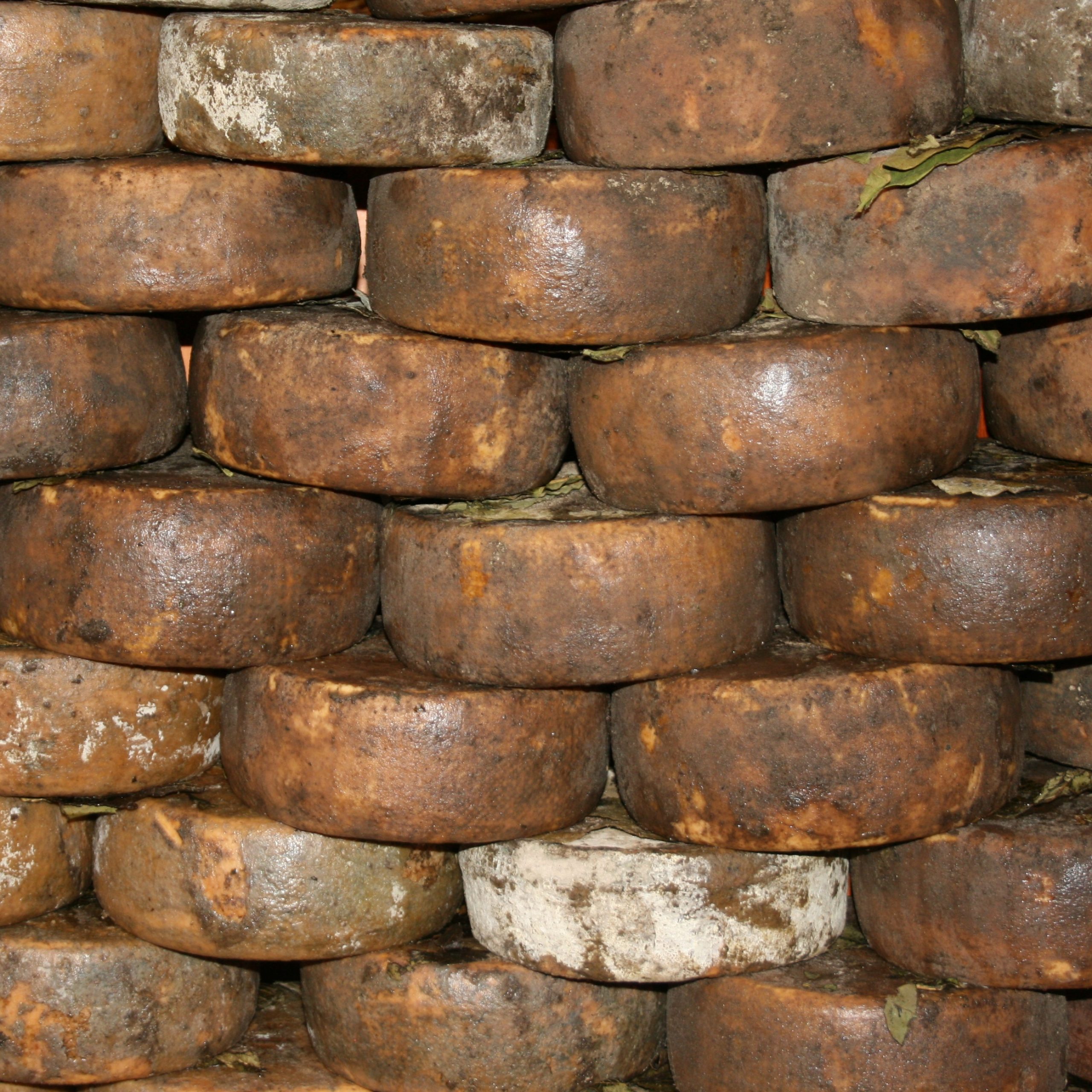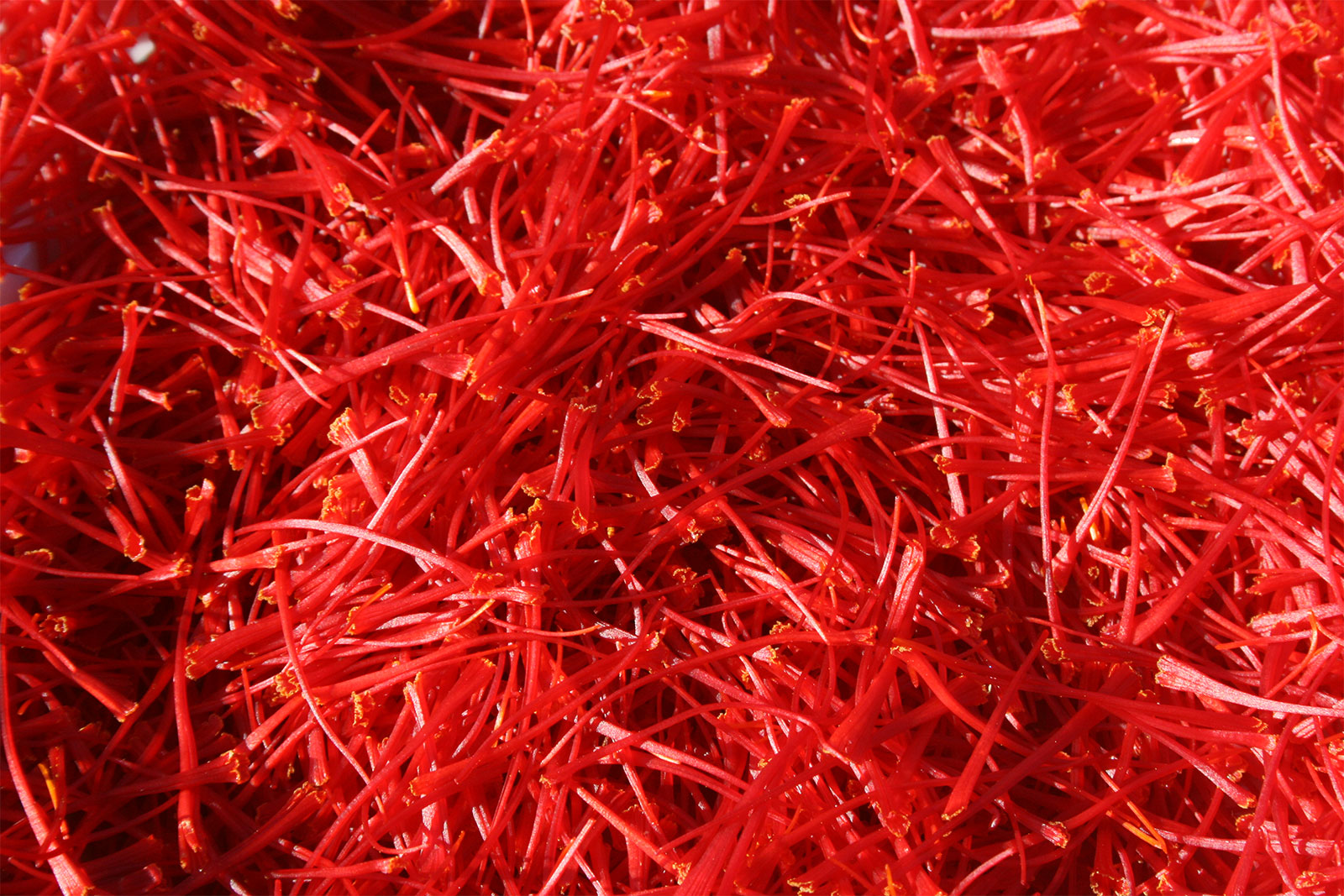Your cart is currently empty!
Tag: Tuscan recipes
CHIANINA WITH SAFFRON LIKE OUR GRANDPARENTS WERE USED TO
Take a big piece of Chianina IGP (the white giant of Tuscany) topside of at least three pounds. Insert in small holes chopped garlic, bacon, pork, salt, pepper and lemon zest. The holes should be about ten. It binds with string like a homemade sausage.
Take a pan, put olive oil, garlic, onion, carrot and celery finely chopped. Add meat and cook on low heat, after 10-15 minutes add a glass of red wine and let it partially evaporate. Add 500 grams tomatoes, put the lid and cook slowly.
When the meat is almost cooked add 0.10 grams of saffron in an half a glass of water put in infusion one hour before. Meat, if well cooked and excellent quality, will be very tender. Cut into slices about an inch thick and serve with sauce cooking.
PENNE WITH WILDBOAR SAUSAGES AND SAFFRON
Chop an half onion and brown it in a frying pan in olive oil, add 4 wildboar sausages. Add 0.1 grams of saffron put in infusion in half glass of warm water or broth. Cook the pasta, drain and add to the mixture with some pecorino cheese aged for at least six months. Our grandparents did like this and it will be a delight for your taste but only if you use carefully, as them, products of the Val d’Orcia.

CAKE WITH BROAD BEANS
Prepares a dough with 300 gr. flour, 60 gr. of fresh butter, two eggs, a pinch of saffron, salt and pepper.
Put the dough in the fridge for half an hour. In a pan, preferably earthenware, prepare the ingredients for the stuffing, about 500 gr. of fresh beans shelled. Today we can safely use frozen ones, even out of season provided that not too large. Cook beans with a little salted water with chopped, rather abundant, ham. Mix 300 grams of fresh ricotta with 100 grams of Parmigiano cheese and 50 grams. Emmenthal cheese diced along with two fresh eggs.
Once the beans are cooked, after they soaked up, almost completely, their cooking liquid and mix them with cheeses. We will split into two portions the dough prepared: a larger one of about ¾ of the whole, in a mould with butter, then fill it with the mixture and cover it with very thin slices of Emmental, about 50 gr., like a kind of roof protection and, in conclusion, we will complete with the other third of the dough that will be placed on the whole as a kind of cover. Bring a brush soaked in egg yolk to cover the “pie” and put it in the oven at about 180 degrees for a minimum of 45 minutes. If the “cover” tends to become darker protect it with a sheet of aluminum so it does not take too much color. The best combination with wine is always a fresh white. Valuable experience with a “Bianco del Beato” (Fattoria dei Barbi, Cinelli – Colombini) at 10 degrees Celsius temperature.
(The recipe comes from Renaissance manuscripts, remembered by Messisburgo and Scappi – Taken from the “Ricettario del Cocò Senese” by Giovanni Righi Parenti)

TRIPPA DI VITELLO CON LO ZAFFERANO ALLA MONTALCINESE
Si mette in infusione lo zafferano (per 4 persone 0,25 gr,) in un bicchiere d’acqua ben calda per circa un’ora. Si fanno rosolare aglio e cipolla, tritati finemente, in olio d’oliva. Quando iniziano a prendere il colore si aggiunge 500 gr. di trippa di vitello precedentemente lavata e tagliata a sottili strisce. Si fa cuocere lentamente, si aggiunge lo zafferano con l’acqua e si continua la cottura. Se necessario si aggiunge ancora acqua per mantenere il composto abbastanza liquido. Si ultima la cottura aggiungendo sale e pepe. Prima di servire si deve cospargere il piatto con pecorino di Pienza.

CIACCE DI PASQUA CON LO ZAFFERANO ALLA MONTALCINESE
La mattina di Pasqua, questa specie di pane, accompagnava le uova benedette e il capocollo o finocchiata. Si prendeva la pasta lievitata per fare il pane vi si aggiungevano tre uova, del cacio pecorino sia grattato che a pezzi, sale e pepe. Si allungava l’impasto con dell’acqua tiepida dove precedentemente erano stati messi in infusione degli stimmi di zafferano. Dopo aver ben amalgamato il tutto si metteva a lievitare il composto in un contenitore di cottura (una pentola alta e precedentemente oleata)per almeno tre ore. La pentola veniva posta in forno e fatta cuocere finché non acquistava un bel colore dorato. Una tradizione d’altri tempi che sarebbe bello riscoprire.